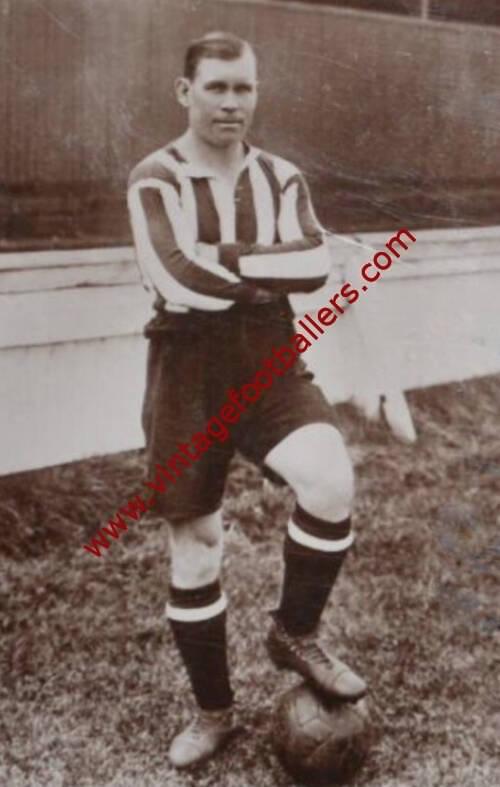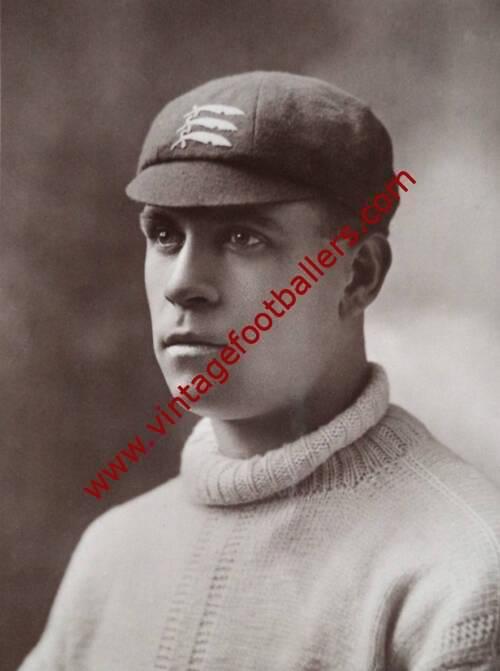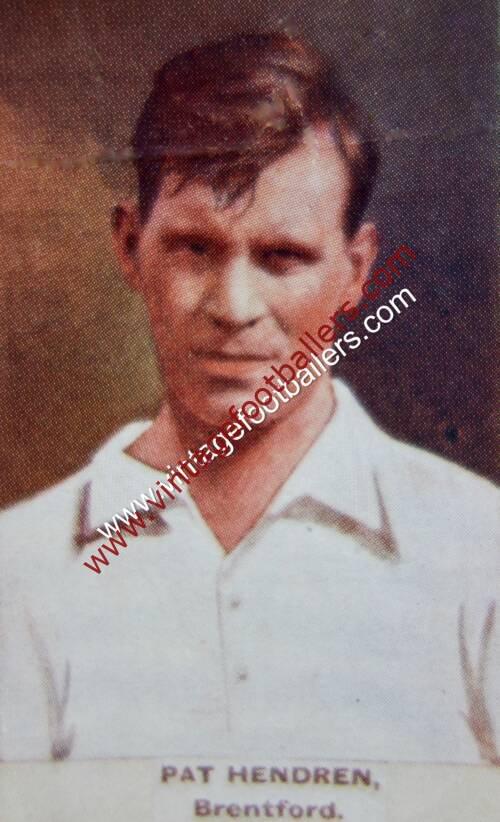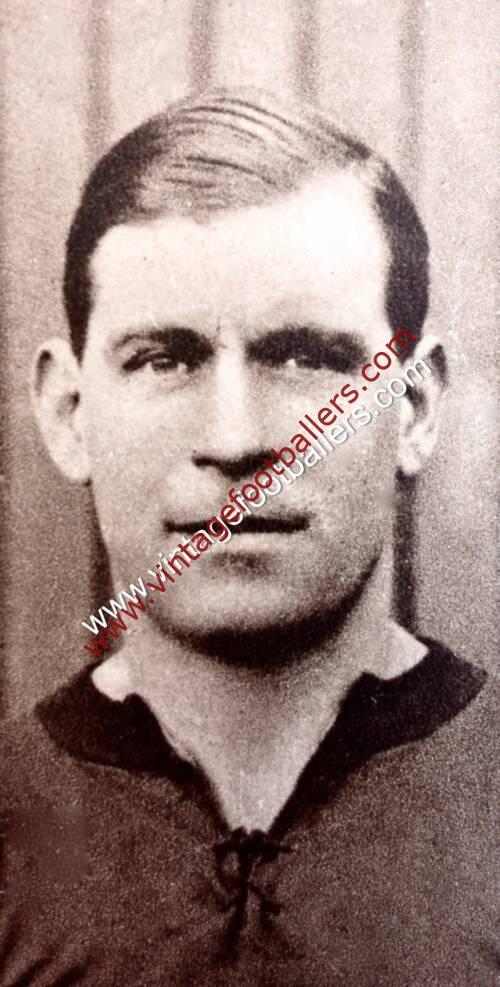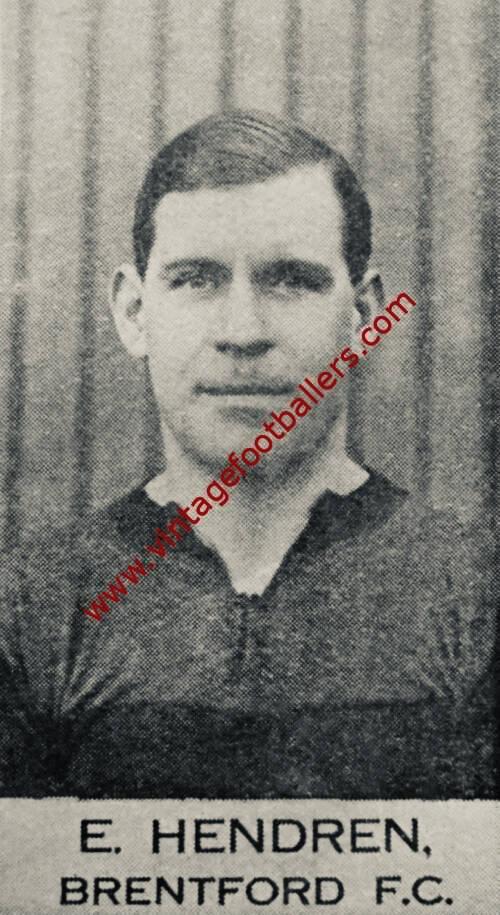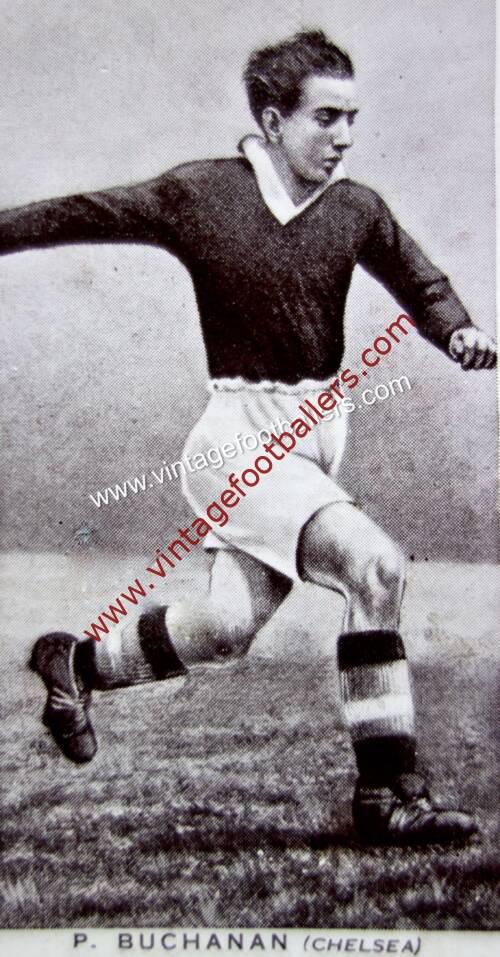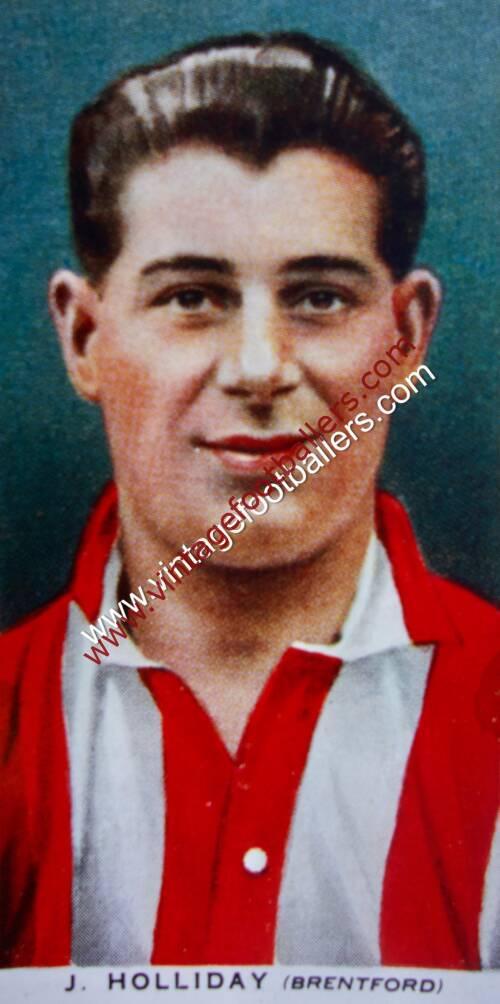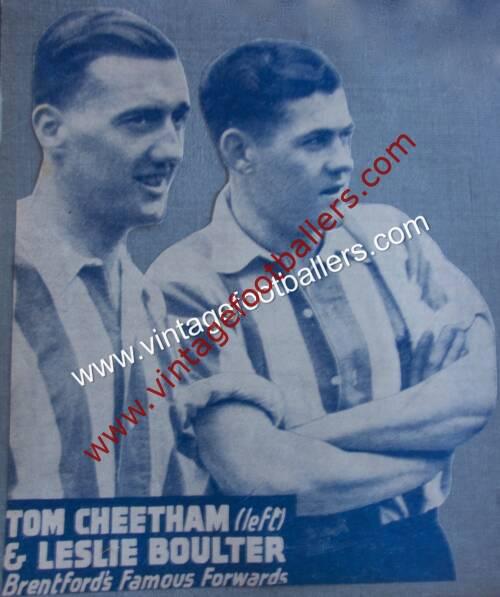Please choose your photo size from the drop down menu below.
If you wish your photo to be framed please select Yes.
Note: 16″x 20″not available in a frame.
Images can also be added to accessories. To order please follow these links
£8.95 – £49.95
Please choose your photo size from the drop down menu below.
If you wish your photo to be framed please select Yes.
Note: 16″x 20″not available in a frame.
Images can also be added to accessories. To order please follow these links
Turnham Green, London born outside left Elias “Patsy” Hendren is better known as a legendary cricketer who played 51 Test matches for England averaging nearly 48 over 14 years between 1921 and 1935, scoring 170 first class centuries, and much could be written about his stellar cricket career alone, but he was also a footballer of reasonable note, very nearly the thirteenth double international to play both cricket and football for England, albeit his football international is deemed unofficial. Hendren began his football career with Sandersons in 1906 had played for Queens Park Rangers and Brentford in the Southern League in 1907 when still a teenager, attracting the attention of Manchester City, who signed the teenager in March 1908.
He played twice for City in the First Division, making his Football League debut in April 1909 against Nottingham Forest and playing a week later against Sheffield United, before joining Southern League Coventry City in October 1909. He scored 13 goals in 29 League and Cup games during his first season for City and was a member of the 1910 FA Cup giant killing side that reached the quarter final. Hendren scored one of the goals in the famous 2-1 win at Preston North End but in his second season he scored only once in 4 further appearances for Coventry before he re-joined Brentford in 1911, where he established himself as a first team regular. He was chosen to represent The Southern League against The Football League in 1914.
Hendren joined the 23rd (Service) Battalion of the Royal Fusiliers (1st Sportman’s Battalion) in December 1914 After serving in the First World War, during which he turned out for Brentford in the unofficial London Combination wartime tournament, he resumed with Brentford after the War, appearing in a Victory International for England in a 2-1 defeat against Wales at Ninian Park in October 1919.
After Brentford joined the Football League in 1920 he continued playing for a further six seasons, retiring after the 1926-27 season by when, already aged 38 when he last appeared for them in April 1927, he had played 158 games for The Bees, scoring 18 goals (not including his Southern League appearances and during his spell with them in 1907-08). In 1923 he was described as “sturdily built with a good turn of speed and great accuracy in placing the ball into the vicinity of the goal”. Indeed his final season with the Bees saw him score his career best 10 goals, including four goals (which included two penalties) against former club Coventry City in a 7-3 victory in October 1926.
As a cricketer Hendren made his first class debut in 1907 and would eventually play 833 county matches for Middlesex, scoring what remains the third highest run aggregate of 57,611 runs at an average of 50.80. His total of 170 centuries also ranks him second on the all-time scoring list. After being named Wisden Cricketer of the Year in 1920, Hendren toured Australia with England in 1920-21 and made 28 and 56 on his Test debut at Sydney. He would subsequently go on to play a total of 51 Test matches for England, scoring 3,525 runs at an average of 47.63.
Hendren is also credited with wearing the first safety helmet in cricket, taking to the field with a rubber hat with three peaks in a test against The West Indies at Lords in 1933.
From a sporting family, Hendren’s older brother Denis also played nine first class matches for Middlesex.
| Weight | N/A |
|---|
